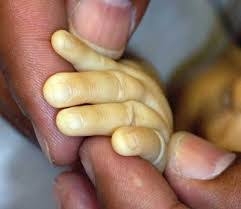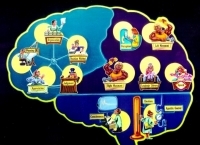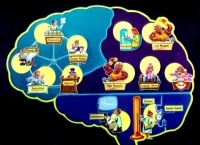The recent court case, Ghiassi (Litigation guardian of) v. Singh 2017 ONSC 6541 focused on a rare, but serious complication..


The recent court case, Ghiassi (Litigation guardian of) v. Singh 2017 ONSC 6541 focused on a rare, but serious complication..


This white paper is the third of three parts on the complex functions of brain, what happens when an injury is acquired and how to care for and manage a life-changing brain injury.
BY LINDA SIMMONS, RN BScN
Consultant and Cost of Future Care Expert, Connect Medical Legal Experts
The prehospital care of a patient with a brain injury has a profound impact on the subsequent course of events and outcomes. Prehospital management refers to the initial resuscitation and interventions that stabilize the patient at the scene of the accident and on route to the hospital. Prehospital management requires timely and effective brain resuscitation, as the brain only has minimal reserves to meet ongoing metabolic needs. If resuscitation is insufficient because of reduced cerebral blood flow (CBF) and decreased oxygen delivery, ischemia and hypoxia develop and can lead to secondary brain injury.


BY LINDA SIMMONS, RN BScN
Senior Nurse Life Care Planner, Connect Medical Legal Experts
This document will increase the health care professionals understanding of Acquired Brain Injury (ABI). ABI is defined as damage to the brain that is acquired after birth. It can affect cognitive, physical, emotional, social, or independent functioning. ABI is an umbrella term used to describe all brain injuries. ABI can result from traumatic brain injury (i.e. accidents, falls, assaults, etc.) and non-traumatic brain injury (i.e. stroke, brain tumours, infection, poisoning, hypoxia, ischemia or substance abuse).
The motor vehicle related accident clients that we at Connect Experts see with ABI have often resulted from a Traumatic Brain Injury and thus ABI’s that have resulted from a TBI will be the focus of this document.


This white paper is the second of three parts on the complex functions of brain, what happens when an injury is acquired and how to care for and manage a life-changing brain injury.
BY LINDA SIMMONS, RN BScN
Consultant and Cost of Future Care Expert, Connect Medical Legal Experts
TBI refers to any injury to the scalp, skull (cranium or facial bones) or the brain. Injury to the brain can be focal or diffuse. Focal injuries result in contusions, lacerations, or hemorrhages. The hemorrhages that can occur are epidural hematoma, subdural hematoma, intracerebral hematoma, and subarachnoid hemorrhage. The diffuse injury can cause a mild to severe concussion or diffuse axonal injury.


It’s another packed evening in the hospital emergency room. You’re here with a painful cut on your hand, caused when you grabbed at a razor-sharp piece of falling metal tubing. You can’t help but notice that the busy waiting area is overflowing with patients and worried family members in equally dire straits.
Next to you, a mom sits anxiously with her toddler, whose tears, flushed face and bleary eyes suggest she has a fever. Across the aisle, an elderly man is coughing loudly into a tissue (causing you to secretly hope his illness isn’t contagious).
You’re called by the triage nurse, who tells you your swollen purple index finger should have been stitched days ago. She sends you back to the waiting room, smiling patiently as you ask how long until you see a doctor. “We’ll get you in as soon as possible, we have a lot of sick patients here tonight.”
Now, picture that you are the triage nurse for a moment. How do you determine who goes in next? Over the past 20 minutes alone, the following patients have arrived in the emergency along with the sobbing toddler with a temperature of 39.5C, a heart rate of 120/minute, sore throat and earache: